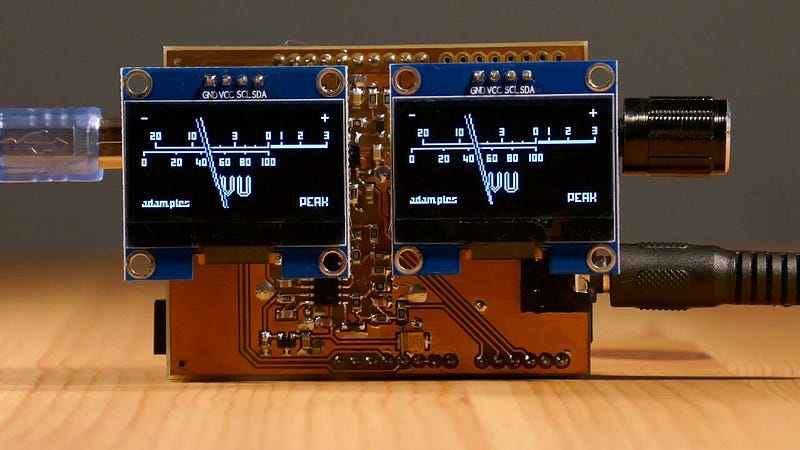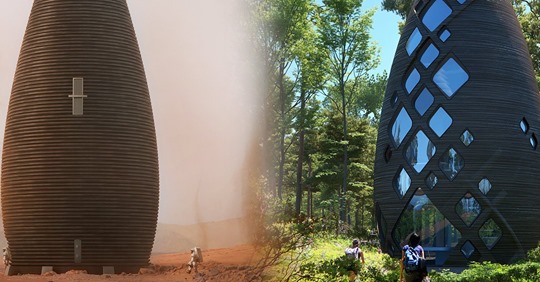External News
Introducing Raspberry Pi 4! + interview with a Raspberry Pi engineer
The brand new Raspberry Pi 4 is here! With up to 4GB of RAM, 4K HDMI video, Gigabit Ethernet, USB 3.0, and USB C, it is the ultimate Raspberry Pi. We talk to Raspberry Pi hardware lead James Adams about its amazing performance. Read our full specs breakdown here: http://magpi.cc/benchmarks
Raspberry Pi 4 Just Released: Faster CPU, More Memory, Dual HDMI Ports
The Raspberry Pi 4 was just released. This is the newest version of the Raspberry Pi and offers a better CPU and more memory than the Raspberry Pi 3, dual HDMI outputs, better USB and Ethernet performance, and will remain in production until January, 2026.
There are three varieties of the Raspberry Pi 4 — one with 1GB of RAM, one with 2GB, and one with 4GB of RAM — available for $35, $45, and $55, respectively. There’s a video for this Raspberry Pi launch, and all of the details are on the Raspberry Pi 4 website (link will be updated when available).
A Better CPU, Better Graphics, and More Memory
The CPU on the new and improved Raspberry Pi 4 is a significant upgrade. While the Raspberry Pi 3 featured a Broadcom BCM2837 SoC (4× ARM Cortex-A53 running at 1.2GHz) the new board has a Broadcom BCM2711 SoC (a quad-core Cortex-A72 running at 1.5GHz). The press literature says this provides desktop performance comparable to entry-level x86 systems.
Of note, the new Raspberry Pi 4 features not one but two HDMI ports, albeit in a micro HDMI format. This allows for dual-display support at up to 4k60p. Graphics power includes H.265 4k60 decode, H.264 1080p60 decode, 1080p30 encode, with support for OpenGL ES, 3.0 graphics. As with all Raspberry Pis, there’s a component video port as well tucked inside the audio port. The 2-lane MIPI DSI display port and 2-lane MIPI CSI camera port remain from the Raspberry Pi 3.
Smooth VU Meter Output on Two Tiny OLED Screens
Music can soothe the soul… or something like that, but adding visual feedback in the form of a VU meter, according Adam Ples, brings “a little magic to any audio equipment.” His setup allows you to add this effect without dealing with actual physical needles that bounce back and forth to the tunes, instead subbing in a pair of OLED modules with SSD1306 or SH1106 drivers.

Look inside the 3D-printed Mars home that NASA awarded $500,000
When you think of future Martian habitats, what do they look like? A squat, half buried, windowless dome? A glorified fallout shelter? Or … how about … this? This is Marsha. Designed by AI SpaceFactory. It has windows, multiple floors, private rooms, and even a skylight. But best of all? NASA loves it.
The rocket scientists and engineers at NASA are pros when it comes to landing robots on Mars. And they’re figuring out how to get humans there next. But when it comes to living on Mars? Well, they decided to ask the public for help. In the 2010s, NASA launched its 3-D Printed Habitat Challenge. Over the years, its held multiple stages of the phases of the challenge that started with virtual designs and has since progressed to full-fledged 3-D printed models.

Bartop Arcade w/ Raspberry Pi
Nicole and I are big gamers and we both have fond memories of early PC and console games. While our two kids and business prevent us from diving into games like we used to, we’ll always be gamers at heart. So when my buddy Brian Ibbot from Coverville asked me to help him with an arcade cabinet, I jumped on the opportunity.
How to Play REAL, Physical Cartridge Games on your PC!
Ever wanted to play all your old retro games on one PC? Now you can! Check out this tutorial to learn how to play physical cartridge games on your computer.
PiJuice Review – Raspberry Pi Battery Hat Portable Power
The Pi Juice Hat is an amazing portable power solution for every Raspberry Pi project and I’ve finally gotten my hands on one all I can say is I wish I got one sooner! Basically, its an uninterrupted power supply for the Raspberry Pi and it even works with RetroPie!
Play Nintendo DS Games On Your PlayStation Classic – Overview & Tutorial
We can now play Nintendo DS games on our Playstation Classic! Today I showcase it working and guide you on making a build that is capable of playing Nintendo DS games on an Autobleem or Standalone Retroboot build!

